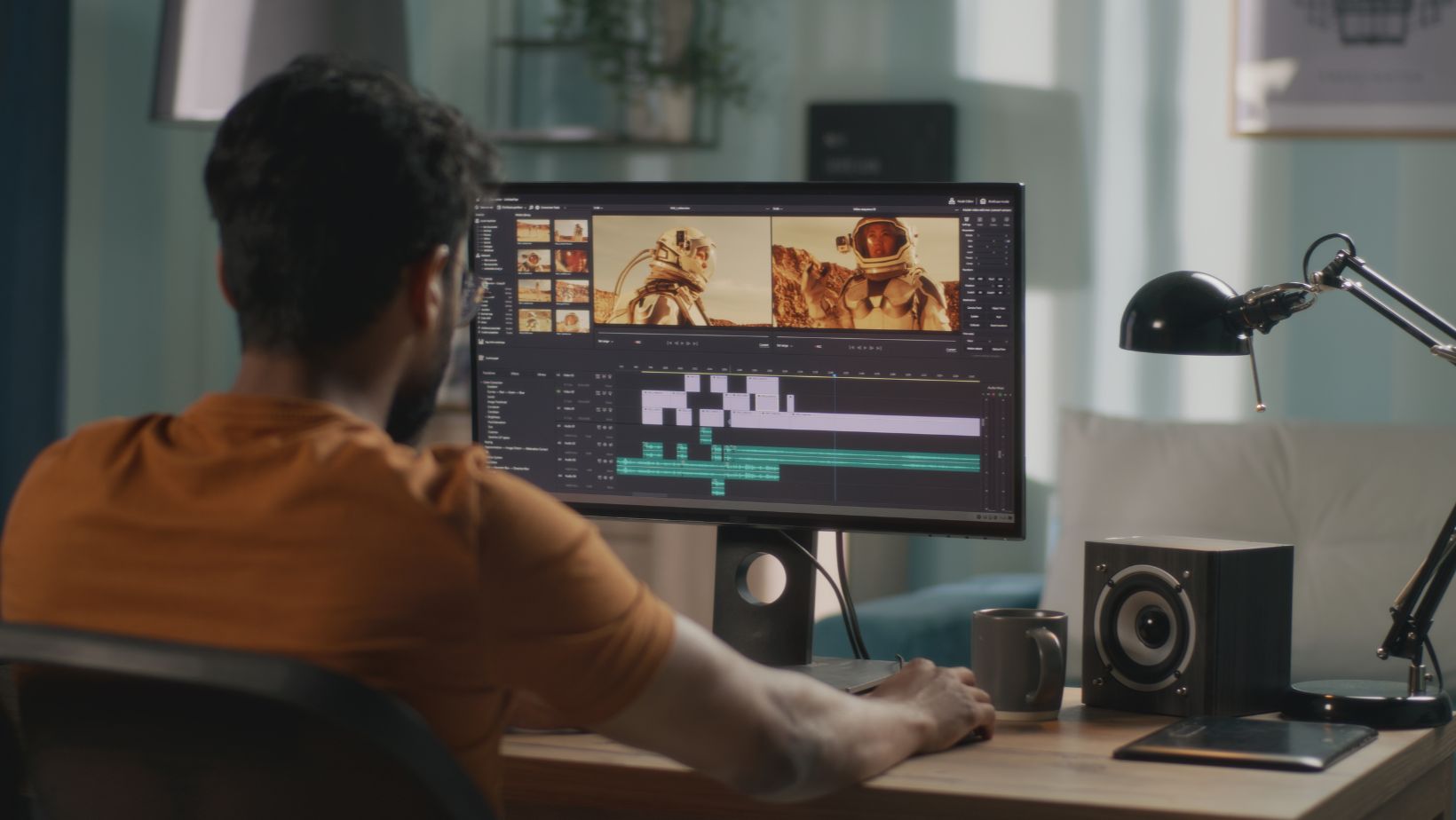Small and mid-sized online video platforms often face a critical question: how to monetize content effectively. Should they rely on AVOD monetization (advertising-based video on demand) or SVOD (subscription-based video on demand)? In chasing the success of giants, many up-and-coming streaming services make similar mistakes.
This article highlights common misconceptions about AVOD and SVOD monetization that video entertainment providers (across various regions) often get wrong, and how to avoid these pitfalls.
Overestimating Subscription Models Without an Audience or Content
A common misstep for smaller online video platforms is jumping straight into a subscription-only model and expecting steady revenue. Launching pure SVOD without an existing audience or large library is risky—viewers rarely pay upfront without trust or proven value. Experts suggest starting with free or ad-supported options (AVOD) or at least offering trials to build credibility. The subscription space is already crowded, and “subscription fatigue” is real. Even giants like Netflix and Disney+ have introduced ad-supported tiers as users cut back on paid plans. For smaller services, subscriptions only work when you deliver something exclusive and consistently fresh, which is an expensive challenge without scale.
Undervaluing and Mismanaging AVOD Monetization
Another pitfall is treating AVOD monetization as easy money. While ad-supported models usually bring in less revenue per viewer than subscriptions, they can scale much faster by reaching broader audiences. Forecasts from Digital TV research back this up: global AVOD revenue is expected to climb from $33 billion in 2021 to nearly $70 billion by 2027, with the U.S. driving almost half of that growth. What was once considered a side business is now a central revenue stream, even in mature Western markets.
Smaller platforms often misjudge AVOD in two ways: they overestimate how simple it is and underestimate the scale required. Because content is free, meaningful ad revenue only comes with large volumes of viewers. Limited traffic won’t generate enough impressions to cover costs. On top of that, managing advertising takes real strategy. Some services overload streams with ads and drive viewers away, while others undersell inventory and leave revenue behind. The real challenge is balance—delivering enough ads to sustain the business without damaging the viewing experience—and using the right tech and partnerships to maximize the value of each impression.
Ignoring Hybrid Models and Freemium Strategies
Another mistake is assuming you have to choose between AVOD and SVOD. In reality, hybrid monetization often works best, yet smaller online video platforms tend to overlook it. A free, ad-supported tier captures casual viewers who might not subscribe right away, while a paid, ad-free tier generates higher ARPU from loyal fans. This model widens the funnel and lets you monetize both ends of the audience spectrum.
Big players like Hulu and YouTube have already proven the value of this approach. For smaller providers, hybrid can be as simple as offering part of your library for free with ads and reserving premium features, exclusive titles, Ultra-HD quality, and no ads for subscribers. In many cases, the free tier also acts as built-in marketing: once viewers sample your content, some will upgrade.
That said, running both AVOD and SVOD isn’t effortless. You need to balance ad operations with subscription billing, and design tiers that are clear to the user. For example, starting with a straightforward structure, like “watch free with ads, or subscribe for premium”.
Failing to Align Monetization Strategy with Audience and Region
A common mistake is failing to align the model with both audience demographics and regional realities. Preferences for AVOD vs. SVOD differ widely. Viewers in lower-income groups or markets with limited credit card penetration tend to favor free, ad-funded options. In contrast, higher-income segments are often willing to pay for premium, ad-free access.
Content type also plays a role. Exclusive, buzzworthy releases can justify a subscription, while older libraries or general entertainment often perform better with ads. Smaller video platforms that lean heavily on evergreen or licensed content may struggle with a subscription-only approach, while those with a strong, exclusive lineup can use subscriptions effectively, ideally paired with free trials or ad-supported previews to ease the commitment barrier.

Regional trends make this even more complex. In the U.S., ad-supported streaming has surged, with FAST channels becoming a mainstream choice. Other regions are growing quickly in AVOD, but payment habits vary. Some markets are saturated with subscriptions, while others remain wide open for free services. Successful operators study their target region carefully: How crowded is the subscription landscape? What is the local tolerance for ads? How do payment infrastructures shape user expectations?
Conclusion
For smaller and mid-sized platforms, sustainable revenue isn’t about copying Netflix or simply running ads. The real challenge is avoiding the widespread traps: jumping into subscriptions without proving value, or underestimating the effort behind effective AVOD monetization.
Often, the best results come from a mix of AVOD and SVOD, calibrated to your content strength, audience profile, and regional market. The goal is to build loyalty while maximizing revenue per viewer in a sustainable way. Monetization isn’t a one-time decision; it’s an ongoing strategy that evolves as you learn more about what your viewers will pay or tolerate ads for.
